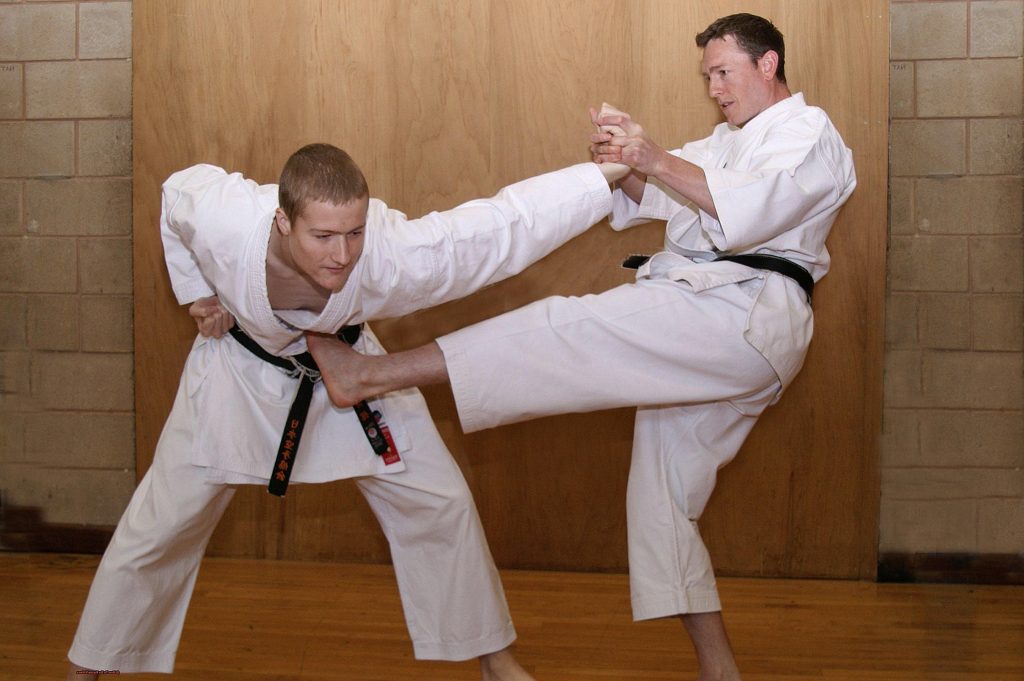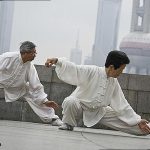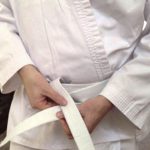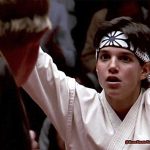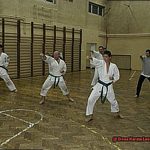Are you ready to unleash your inner karate master and share your skills with the world? Look no further, because in this blog post, we’ll be exploring the exciting world of creating karate videos. From equipment and techniques to editing and promotion, we’ve got you covered. So put on your gi and get ready to take your karate game to a whole new level.
- Have you ever dreamed of showcasing your martial arts prowess on a larger platform?
- Are you looking for ways to elevate your technique while also inspiring others?
- Do you want to produce professional-looking videos that will leave a lasting impact?
In today’s age of social media and video-sharing platforms, there has never been a better time to start creating high-quality karate videos. Whether you’re a novice or an expert in the art, this guide will provide valuable insights and tips for capturing and showcasing your moves like a true pro. So grab your camera (or phone) and let’s dive into the dynamic world of karate videography.
How To Do Karate Videos?
To produce top-notch karate videos, you must invest in the proper equipment, plan your content and filming techniques, and pay attention to presentation and editing. Here are the essential steps for creating high-quality karate videos:
Understand your audience and set specific goals
Get to know your target audience and set clear objectives for your video. This will help you tailor your content and approach accordingly.
Choose an appropriate subject and location
Determine the purpose of your video – whether it’s a tutorial or a demonstration – and select a suitable filming location.
Rehearse and practice in front of the camera
Practicing in front of the camera will help you become more comfortable and familiar with filming techniques.
Use proper lighting and audio equipment
Invest in high-quality lighting and a separate audio recorder for better sound quality.
Film from various angles
Shooting from multiple camera angles will offer a better view of the techniques being demonstrated.
Pay attention to presentation
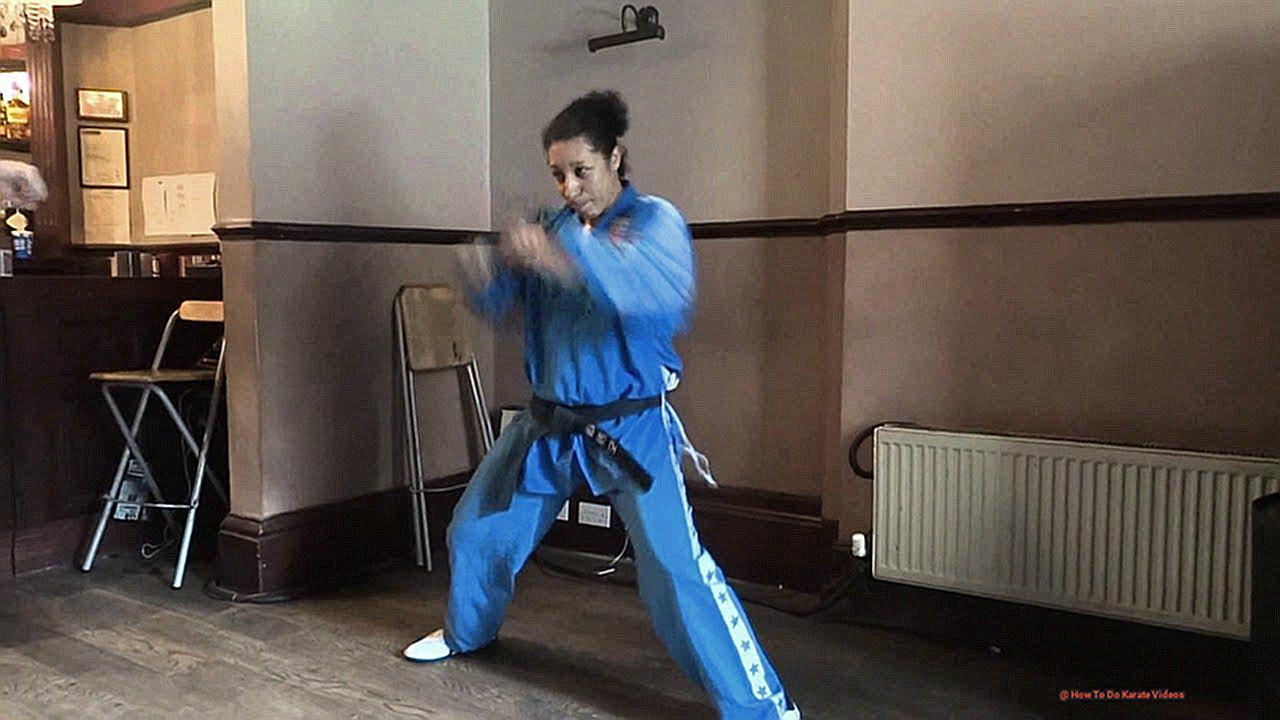
Wear a clean and presentable uniform, introduce yourself and your credentials, and use proper body language and facial expressions.
Edit carefully
Use one software program for consistency, trim unnecessary footage, add text overlays, background music or sound effects, and pay attention to pacing and flow.
Engage with your audience
Learn how to tell a story through editing and use creative techniques to keep viewers engaged.
Set deadlines to stay focused
Setting deadlines will help you stay focused on the process and make time for other tasks.
By following these crucial steps, you can create high-quality karate videos that are informative, engaging, and professional.
Choosing the Right Location and Equipment for Filming a Karate Video
When it comes to creating a visually stunning and engaging karate video, choosing the right location and equipment is crucial for achieving success. Here are some important factors to consider when making these decisions:
- Budget: It’s essential to have a budget in mind before starting your search for locations and equipment. This will help guide your decisions and ensure that you stay within your means.
- Region: Different areas may have varying rules and regulations when it comes to filming permits and fees. Keep this in mind when scouting for locations.
- Personal Connections: Utilizing personal connections can be a great way to find affordable or easier-to-secure filming locations. You never know who may have access to a suitable spot for filming.
- Story Requirements: When selecting a location, make sure it aligns with the story and vision for your video rather than changing your story to fit the location.
- Multiple Settings: Look for locations that can double as multiple settings to reduce company moves and simplify production logistics.
- Special Accommodations/Limitations: Take into consideration any special accommodations or limitations of a location when planning your shoot schedule and budget.
- Script Breakdown Report: Use this report to determine what elements will be needed at each location and ensure they are available or can be provided by the host.
- Written Permission: Always obtain written permission from the location owner through a signed release form, even if using a friend’s property or receiving free use of a location.
- Brand Placement Deals: Be cautious when making brand placement deals as they can limit creative freedom in post-production if scenes featuring those brands are cut from the final film.
- Permits: If filming in public places or on government-owned property, make sure to obtain necessary permits. Keep in mind that permit processes may vary depending on the area.
When considering equipment, here are some vital factors to keep in mind:
- Vision: It’s essential to consider how the equipment will support your vision for the project while also being practical and affordable.
- Planning Ahead: Plan ahead for any necessary equipment rentals or purchases to ensure a smooth filming process.
- Special Requirements: Take into account any special requirements for capturing martial arts movements, such as a high-speed camera for slow-motion shots.
- Testing: It’s important to test the equipment beforehand to ensure it will work effectively for your specific needs and settings.
In conclusion, selecting the right location and equipment for filming a karate video requires careful consideration and planning to achieve a successful and high-quality final product.
Essential Tips for Filming Techniques in Karate Videos
| Choose the perfect location for filming | Use appropriate lighting techniques | Ensure a steady camera |
| Experiment with camera angles | Utilize multiple cameras | Pay attention to audio quality |
| Plan out your shots in advance | Enlist the help of a skilled editor |
- Choose the perfect location for filming: A spacious and well-lit room with minimal distractions is ideal for capturing karate techniques on video. Take into account the acoustics of the space to ensure superior audio quality.
- Use appropriate lighting techniques: Proper lighting is crucial in highlighting the stances and movements of the practitioner. Natural lighting is preferred, but artificial lights that are bright and evenly distributed can also be used.
- Ensure a steady camera: Keep your camera steady and focused on the action by using a tripod or stabilizer.
- Experiment with camera angles: Capture techniques from various angles to provide viewers with a complete understanding of each movement.
- Utilize multiple cameras: Incorporating multiple cameras adds depth and diversity to the video, making it more engaging for viewers.
- Plan out your shots in advance: Save time and ensure all necessary techniques are included by having a clear plan for the shots you want to capture.
- Enlist the help of a skilled editor: A skilled editor can enhance footage, add effects, and create a seamless final product.
The Role of Editing in Creating a Professional Karate Video
There are numerous crucial editing techniques that can take a karate video to the next level of professionalism. These techniques include:
- Cutting and Trimming: The most fundamental and critical technique in video editing is cutting and trimming footage. This involves taking out any unnecessary or repetitive shots, ensuring that the final video is concise and captivating.
- Color Correction and Grading: Color correction and grading play a significant role in creating a cohesive and visually stunning video. This involves fine-tuning the colors, contrast, and brightness to establish a consistent look throughout the video.
- Transitions: Smooth transitions between shots are essential for creating a seamless flow in the video and adding a professional touch. Popular transitions include crossfades, fades to black or white, and wipes.
- Music and Sound: Incorporating music and sound effects can greatly enhance the overall impact of the video. It is crucial to select suitable music that complements the action on screen and adjust sound levels to avoid overpowering dialogue or sound effects.
- Titles and Graphics: Adding titles, captions, and graphics can make the video more informative and visually appealing. However, these elements should be used sparingly and in a consistent style throughout the video.
- Slow Motion: Utilizing slow motion can add drama and highlight specific movements in a karate video. It is important to use this technique sparingly and at the right moments for maximum impact.
- Multi-camera Editing: If multiple cameras were used to film the karate action, it is crucial to edit them together seamlessly. This involves switching between cameras at appropriate times to create a dynamic and engaging viewing experience.
- Special Effects: Depending on the style of the video, incorporating special effects such as motion graphics or visual effects can add an extra layer of professionalism. However, it is imperative to use these effects tastefully and avoid going overboard.
- Audio Editing: In addition to adding music and sound effects, audio editing also involves cleaning up any background noise or adjusting levels for optimal sound quality.
- Pacing: A professional karate video should have a good pace, keeping the viewer engaged and interested throughout. This involves adjusting the length of shots, transitions, and music to create a rhythm that flows smoothly.
- Feedback: Seeking feedback from others is a vital part of the editing process. This can be from colleagues, friends, or even test audiences.
Presentation: How to Dress and Present Yourself in a Karate Video
When it comes to creating a professional and impactful appearance in a karate video, it’s not just about wearing the right clothing. It also involves understanding the psychology behind self-presentation and considering various factors such as clothing style, color choices, grooming habits, and body language. Here are some key elements to keep in mind when dressing and presenting yourself in a karate video.
| Clothing Style | Be mindful of the type of karate being showcased in the video and choose clothing accordingly. Traditional martial arts may require a traditional gi (uniform), while modern karate may allow for more flexibility in style. |
| Color Choices | Colors can convey different emotions and meanings, so it’s important to choose colors that align with the message and tone of the video. Neutral colors such as black, white, and grey are commonly used in martial arts videos to create a serious and disciplined atmosphere. |
| Grooming Habits | Ensure that you are well-groomed and presentable. This includes having clean hair, trimmed nails, and good hygiene. Avoid wearing excessive jewelry or accessories that may be distracting. |
| Body Language | Confidence is key in presenting oneself in a professional manner. Stand tall, make eye contact, and have good posture. Avoid fidgeting or slouching as it may convey nervousness or lack of confidence. |
| Individual Style | While it’s important to adhere to certain expectations and norms, don’t be afraid to stay true to your individual style. Choose clothing that makes you feel comfortable and confident while still aligning with the overall tone of the video. |
In addition to these key elements, it’s crucial to remember that first impressions are everything. When presenting yourself in a karate video, make sure to dress appropriately, make eye contact, smile, and be polite and respectful. Stay authentic and true to yourself while owning your style, leaving a lasting positive impression on others.
Furthermore, consider seeking feedback from others before filming to ensure that your appearance and presentation align with the overall message and tone of the video. This can also help identify any potential issues or distractions that can be addressed beforehand.
To create a professional and impactful appearance in a karate video, it’s important to find a balance between adhering to norms and expectations while staying true to your individual style.
Understanding Your Audience: Tailoring Content for Beginners or Advanced Practitioners
When it comes to creating karate videos that will captivate both beginners and advanced practitioners, there are a few key factors to consider. By truly understanding your audience and their unique needs, you can produce top-notch and captivating videos that will attract and retain viewers. Here are some helpful tips to assist you in customizing your karate video content for both beginners and advanced practitioners:
- Get to know your audience: Before you even begin creating content, it’s crucial to identify who you are targeting. Are you looking to draw new students to your dojo? Or are you striving to provide valuable information for current students? By determining your target audience, you can create content that will resonate with them and meet their specific needs.
- Use clear and concise language: When producing karate video content, it’s vital to use language that is easy for beginners to understand while still providing valuable insights for advanced practitioners. Avoid using complex terminology or technical jargon that may be perplexing for beginners. Instead, concentrate on utilizing simple and straightforward language that all viewers can easily comprehend.
- Cover a variety of topics: Beginners may be eager to learn the basics of karate, while advanced practitioners may be seeking more specific tips to enhance their skills. To cater to both audiences, it’s essential to cover a broad range of topics in your videos. For example, you can create videos showcasing fundamental techniques for beginners while also featuring more advanced training drills for experienced practitioners.
- Incorporate visual aids: Karate is an incredibly visual practice, so incorporating visual aids into your videos can be beneficial for both beginners and advanced practitioners. This could include demonstrating techniques, using diagrams or animations, or even incorporating slow-motion footage to highlight particular movements.
- Engage with your audience: One of the most effective ways to customize your content is by actively engaging with your audience. Encourage them to leave comments or ask questions in the comment section of your videos. This not only shows that you value their feedback, but it also enables you to gain a better understanding of their needs and interests, which you can then use to create more targeted content in the future.
- Personalize your content: As a sensei, your students admire you as an expert in karate. Take advantage of this by sharing personal anecdotes, experiences, and insights in your videos. By making your content more relatable and personal, you can establish a stronger connection with both beginners and advanced practitioners.
By following these tips and truly understanding your audience, you can effectively customize your karate video content to appeal to both beginners and advanced practitioners.
Incorporating Traditional Values of Karate into Your Video Creation Process
Incorporating the traditional values of discipline, respect, and perseverance into the creative process of video production adds depth, authenticity, and structure to karate videos. This not only enhances the quality of the videos but also aligns with the core principles of karate as a way of life. It is essential for creators to stay true to these values as they create their videos, as it captures the very essence of this timeless martial art form.
By showcasing these values in their videos, creators have the power to inspire and influence their audience to adopt them in their own lives. This not only reflects positively on the creator but also has a ripple effect, spreading the positive impact of traditional values to a wider audience.
As a practitioner of karate myself, I have experienced firsthand the benefits of incorporating these values into my daily life. The discipline and perseverance required in training have translated into all aspects of my life, making me more focused and determined in pursuing my goals.
By staying true to the traditional values of karate in video creation, creators can produce impactful content that resonates with their audience and captures the true spirit of this martial art form.
Conclusion
To sum it up, producing a top-notch karate video demands meticulous preparation, quality equipment, and expert editing skills.
By knowing your target audience, choosing the perfect setting and tools, implementing effective filming methods, and giving attention to post-production elements like color grading, transitions, and audio design, you can craft a visually captivating and captivating video that highlights your martial arts prowess to the world.

